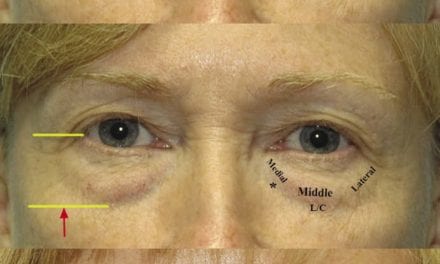Popular film culture has been using facial injury as a shorthand for evil for so long that many filmmakers no longer treat scars as injuries, but as decorative features. Could this tradition be the reason why so many countries are yet to properly pay tribute to the facially injured servicemen of World War I in film? You may have read articles about these servicemen, or found photographs of their injuries online. You may even have seen them in a war documentary – but you will never have seen a British feature film in which they take centre stage.
During World War I, tens of thousands of servicemen were being sent home with facial injuries. There were pilots with severe burns and infantrymen whose cheeks had been torn off by flying shrapnel. Fathers whose mouths had been shot away and sons left without the ability to see or speak.
These men put their lives into the hands of ambitious surgeons with experimental methods, one of whom was Sir Harold Gillies, who would later become known as the “father of plastic surgery”. Many servicemen endured years of procedures and painful recovery periods, but the results were groundbreaking. Suddenly, pioneering developments were being made in plastic surgery that would pave the way for modern techniques.
Despite their impact, most countries that were involved in World War I have either included these disfigured servicemen as secondary characters in their war films, or nowhere at all. Perhaps filmmakers worry that profit margins won’t be as impressive for a realistic film drama, in which the disfigured characters are not represented as criminally insane. They see profit in the scarred villain, and this is made no clearer than in one of the UK’s most profitable franchises, James Bond.
Scars are a regular facial feature among Bond villains – and, since Daniel Craig took over the role of Bond in 2006, three of the four villains have had a facial injury. The two that were actually taken from Ian Fleming’s original novels, Le Chiffre and Blofeld, were never described as having scars in the books.
Using facial injury as a shorthand for evil is not just a method used in films aimed at adults. There is the tellingly named Scar in Disney’s 1994 classic The Lion King and, for the new generation, the villainous unicorn Tempest Shadow in the 2017 film My Little Pony: The Movie, who has a large scar over her right eye.




